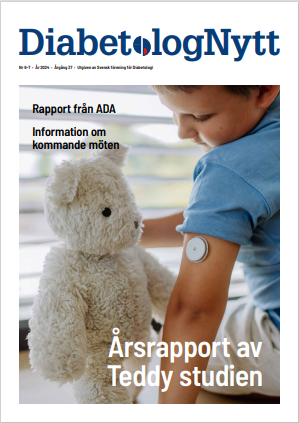Det är ett internationellt forskarlag som sammanställt data från 34 framåtblickande studier med totalt 165 544 ursprungligen hjärtfriska individer.
Slutsatsen är att nya lipidmarkörer, som olika apolipoproteiner, bara i mycket liten utsträckning förbättrade möjligheten att förutse vilka personer som skulle insjukna i hjärt-kärlsjukdom, om de användes tillsammans med med konventionella riskfaktorer, inklusive totalkolesterol och HDL-kolesterol.
Om de nya lipidmarkörerna användes i stället för kolesterol försämrades i stället förutsägelseförmågan.
Den kliniska nyttan av att använda någon av de nya markörerna behöver därför studeras mer, anser forskarna bakom studien.
Abstract
Context The value of assessing various emerging lipid-related markers for prediction of first cardiovascular events is debated.
Objective To determine whether adding information on apolipoprotein B and apolipoprotein A-I, lipoprotein(a), or lipoprotein-associated phospholipase A2 to total cholesterol and high-density lipoprotein cholesterol (HDL-C) improves cardiovascular disease (CVD) risk prediction.
Design, Setting, and Participants Individual records were available for 165 544 participants without baseline CVD in 37 prospective cohorts (calendar years of recruitment: 1968-2007) with up to 15 126 incident fatal or nonfatal CVD outcomes (10 132 CHD and 4994 stroke outcomes) during a median follow-up of 10.4 years (interquartile range, 7.6-14 years).
Main Outcome Measures Discrimination of CVD outcomes and reclassification of participants across predicted 10-year risk categories of low (<10%), intermediate (10%-<20%), and high (≥20%) risk.
Results The addition of information on various lipid-related markers to total cholesterol, HDL-C, and other conventional risk factors yielded improvement in the model’s discrimination: C-index change, 0.0006 (95% CI, 0.0002-0.0009) for the combination of apolipoprotein B and A-I; 0.0016 (95% CI, 0.0009-0.0023) for lipoprotein(a); and 0.0018 (95% CI, 0.0010-0.0026) for lipoprotein-associated phospholipase A2 mass. Net reclassification improvements were less than 1% with the addition of each of these markers to risk scores containing conventional risk factors. We estimated that for 100 000 adults aged 40 years or older, 15 436 would be initially classified at intermediate risk using conventional risk factors alone. Additional testing with a combination of apolipoprotein B and A-I would reclassify 1.1%; lipoprotein(a), 4.1%; and lipoprotein-associated phospholipase A2 mass, 2.7% of people to a 20% or higher predicted CVD risk category and, therefore, in need of statin treatment under Adult Treatment Panel III guidelines.
Conclusion In a study of individuals without known CVD, the addition of information on the combination of apolipoprotein B and A-I, lipoprotein(a), or lipoprotein-associated phospholipase A2 mass to risk scores containing total cholesterol and HDL-C led to slight improvement in CVD prediction.
Läs hela artikeln utan lösenord
http://jama.jamanetwork.com/article.aspx?articleid=1187927
Nyhetsinfo
www red DiabetologNytt





